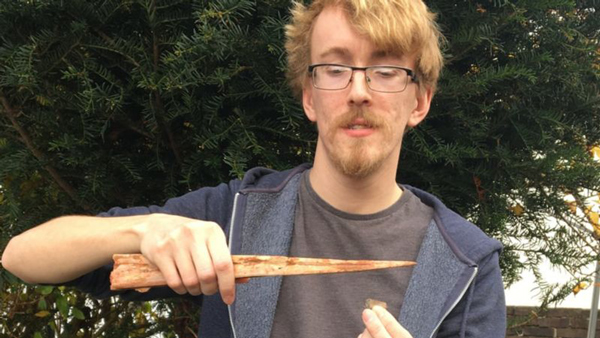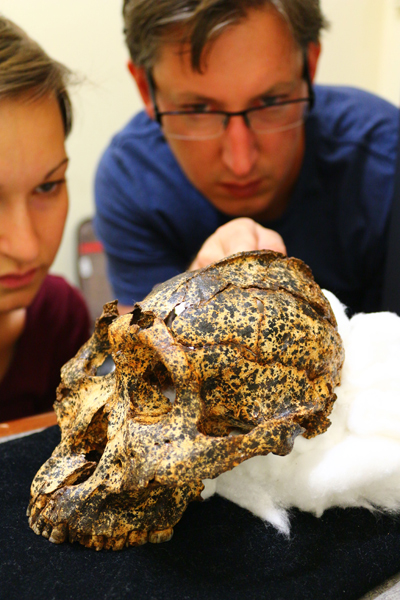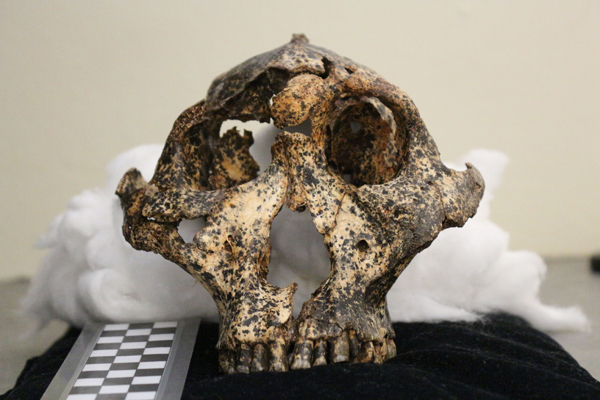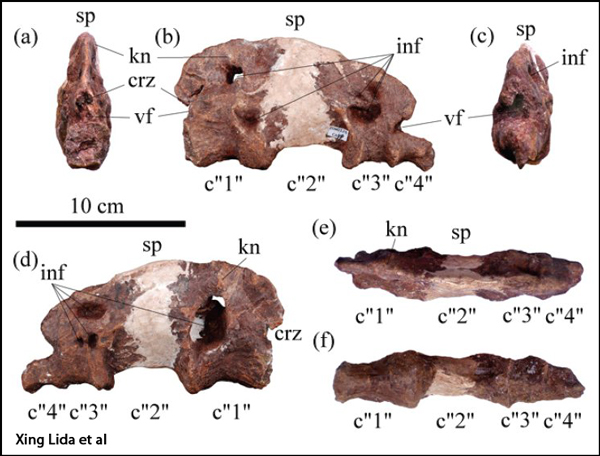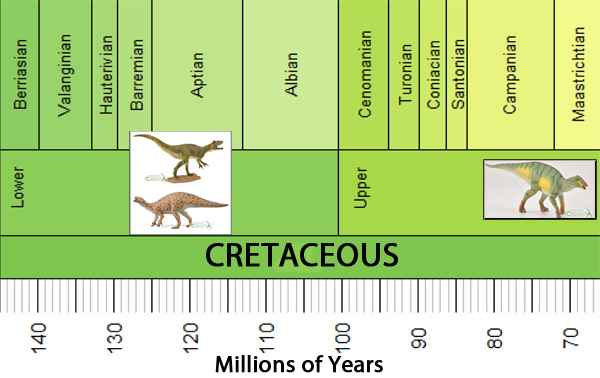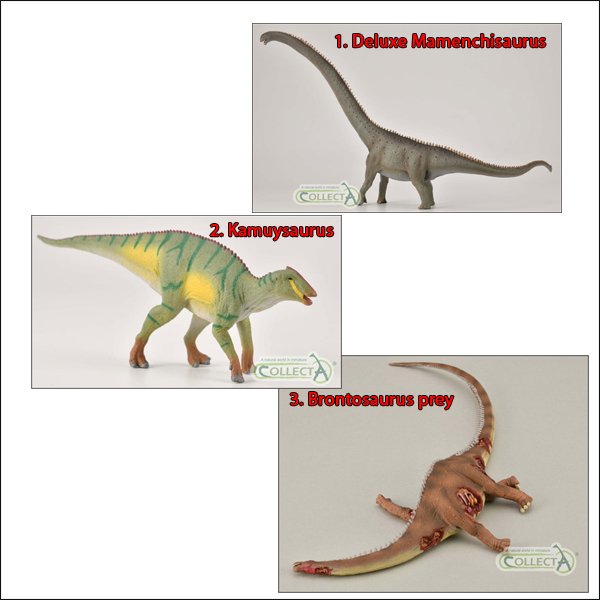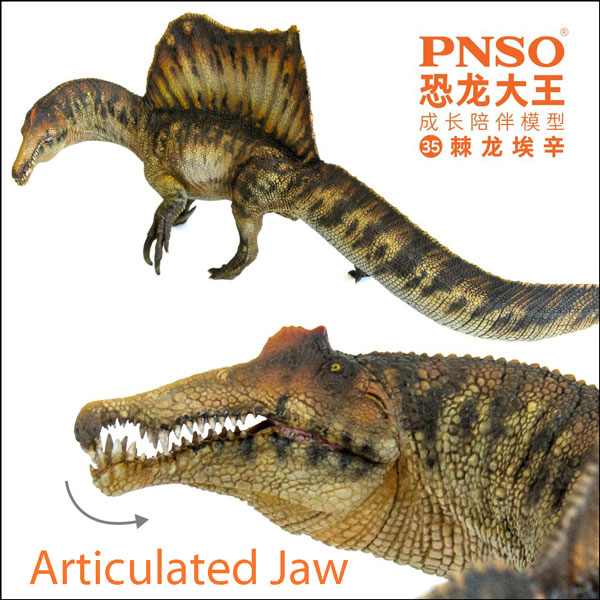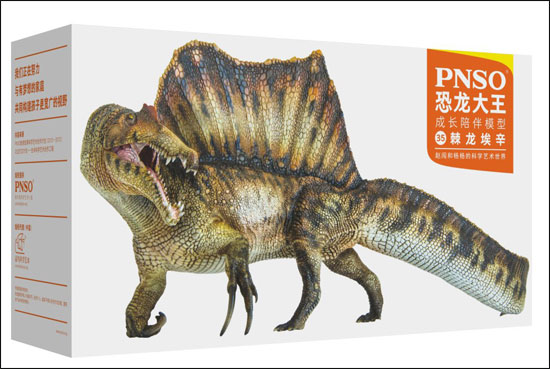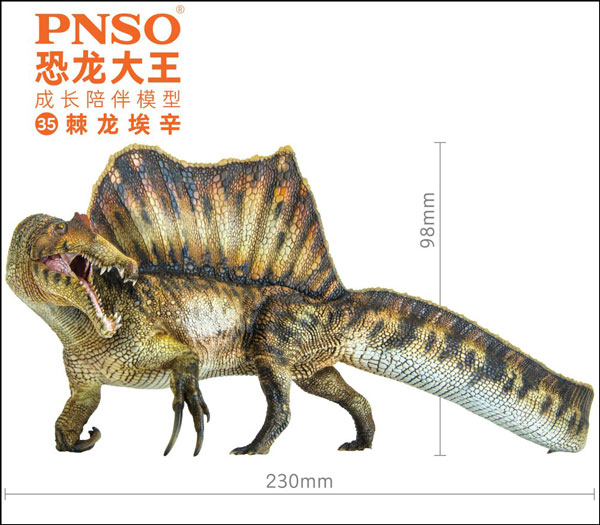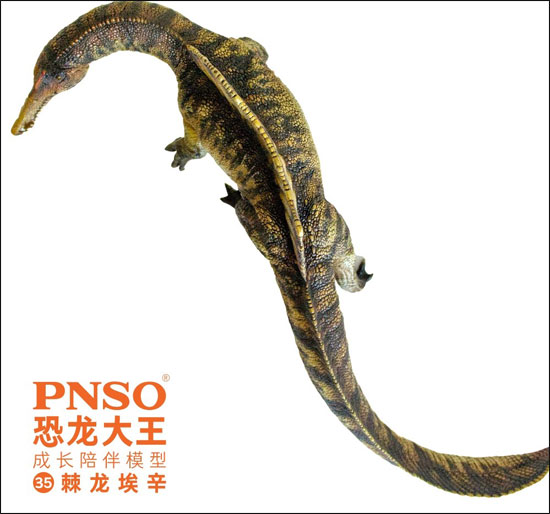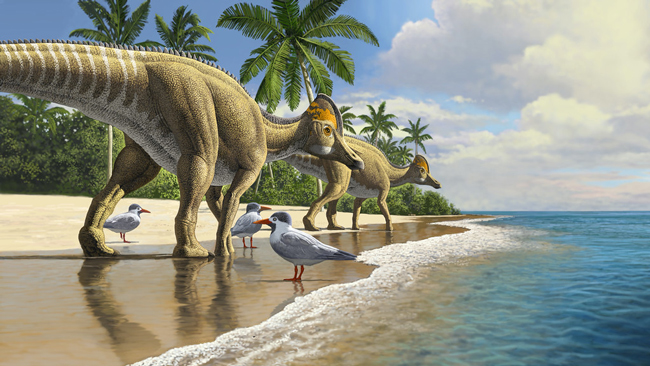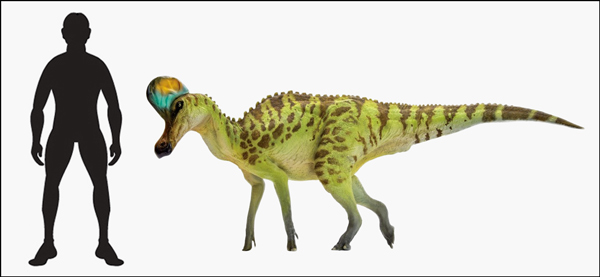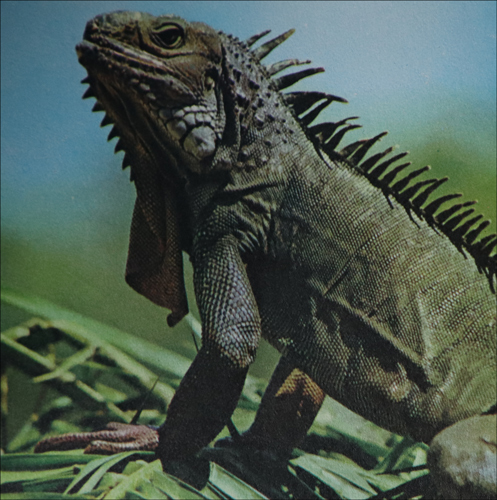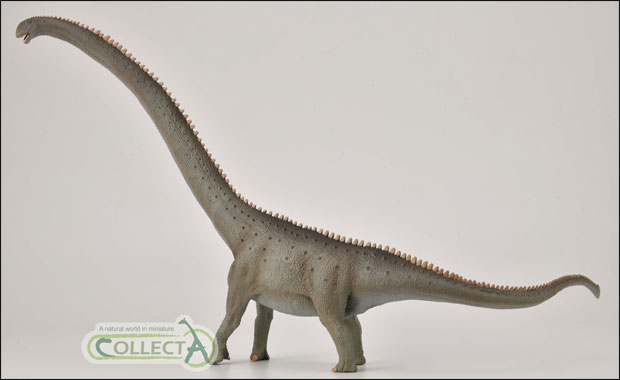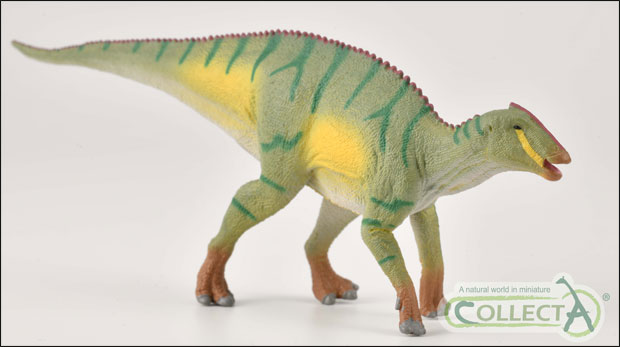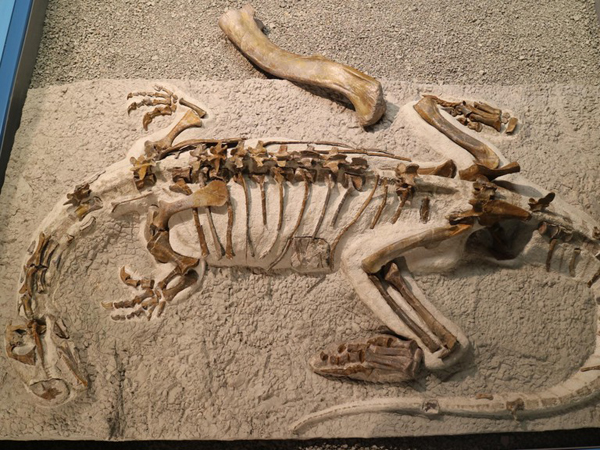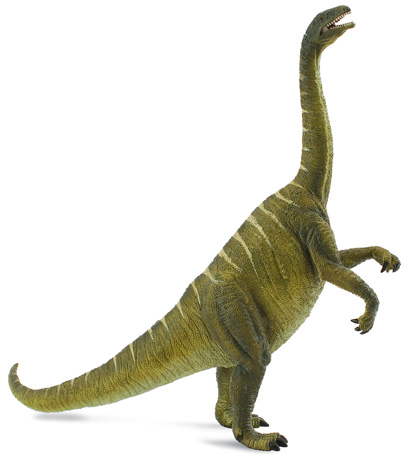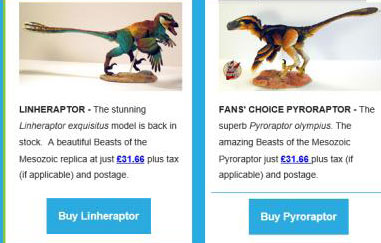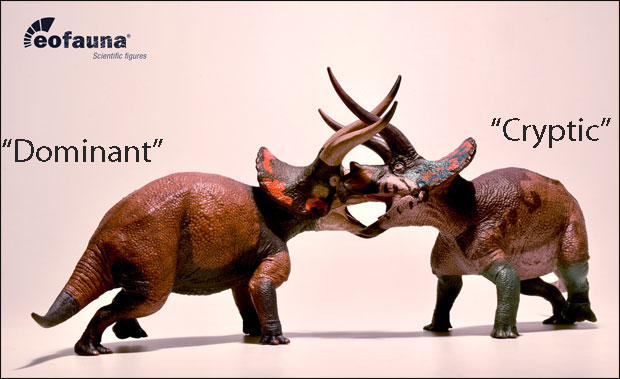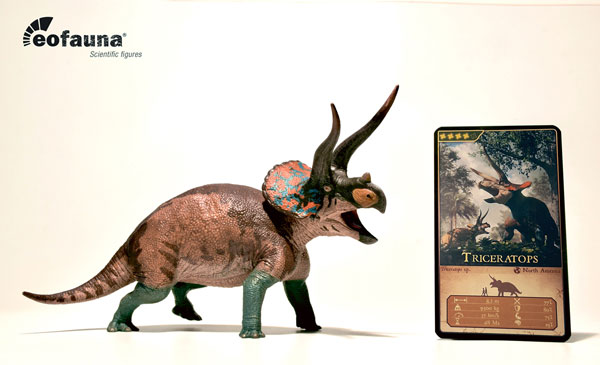Sinking our Teeth into Toothless Pterosaurs and Incredible New Study
Shark Spines and Fish Jaws Turn Out to be Pterosaur Mandibles
Over the last few months, Everything Dinosaur has reported upon the research into the Pterosauria conducted by scientists from the University of Portsmouth and the University of Leicester in collaboration with academics from several other institutions. We really do seem to be having a “Golden Age” of pterosaur research with lots of exciting discoveries about flying reptile behaviour and lifestyles as well as a number of new species being named and described.
Pterosaur Research Has Not Been Standing Still
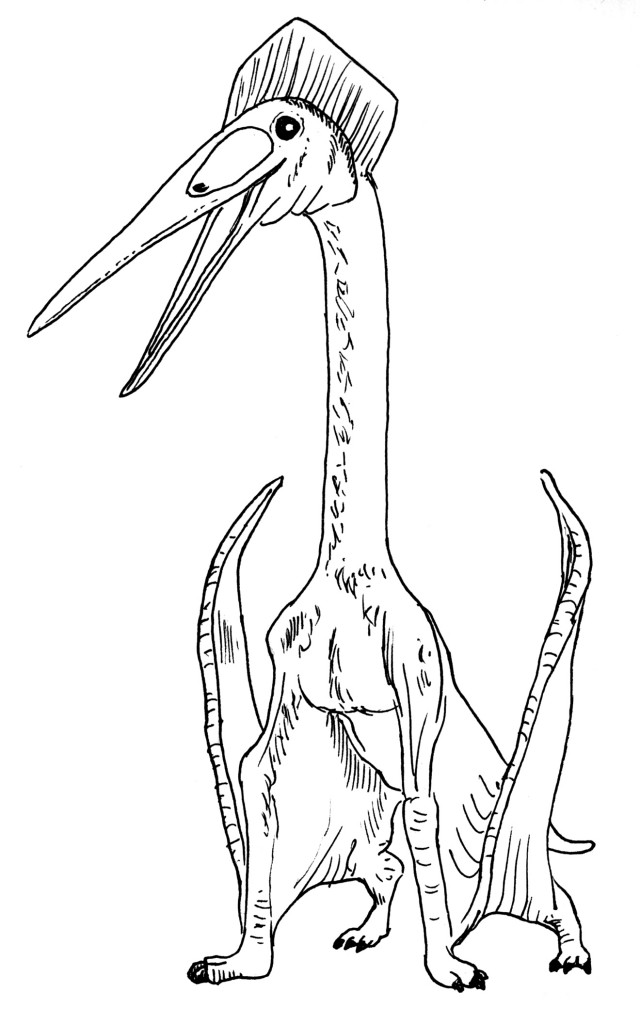
Picture credit: Everything Dinosaur
Recently, we have reported upon a suite of new Late Cretaceous flying reptiles from Morocco*, research that re-examined some of the evidence associated with integumentary coverings when it comes to flying reptiles**, a new tapejarid from the Wessex Formation (Wightia declivirostris) and last month, team members looked into the tactile qualities of sensitive pterosaur jaws: The Sensitive Beaks of Pterosaurs.
*For our article reporting upon the discovery of several new pterosaurs from the Late Cretaceous of Morocco: Pterosaurs, Pterosaurs the “Golden Age” of Pterosaur Research.
*A fourth new pterosaur from Morocco is announced: Afrotapejara zouhrii.
**For the Everything Dinosaur article looking at integumentary coverings in the Pterosauria: Naked Pterosaurs! No Protofeathers on Pterosaurs.
Studying the Pterosauria
Researchers from the University of Portsmouth in collaboration with colleagues from the University of Leicester and the London Natural History Museum have published a new paper this week. Writing in the “Proceedings of the Geologists’ Association”, they report upon the discovery of a new species of toothless pterosaur after the re-examination of vertebrate fossil collections at the Sedgwick Museum (Cambridge) and the Booth Museum (Brighton).
It was Portsmouth University PhD student, Roy Smith, already a published author, as the links we have posted above testify, who found evidence for the new species when searching through material in the collections that had been misidentified either as shark spines or the jaws from prehistoric fish.
Explaining How to Identify the Edentulous (Toothless) Beak of a Pterosaur
Picture credit: Portsmouth University
Late Cretaceous Pterosaurs
The fossil material studied comes from the Cretaceous Cambridge Greensand Member of the West Melbury Marly Chalk Formation. The fossils had been collected in Cambridgeshire during the latter part of the 19th century, when very little was known about the Pterosauria. As these sediments represent a marine environment, this does explain to some extent how the toothless beaks of flying reptiles could be confused with shark spines and fish jaws.
Thanks to the efforts of the researchers, a number of of new specimens of edentulous pterosaur jaw fragments have been identified. These are now recognised as pterosaurian jaw tips and referred to Ornithostoma sedgwicki, which was first named and described by the British palaeontologist Harry Seeley.
It had been thought that O. sedgwicki was a member of the Pteranodontia, perhaps the most famous of all the types of flying reptile known as the genus Pteranodon is part of this group.
A Prehistoric Scene Featuring Pteranodon

Picture credit: Zdeněk Burian
Time to Re-classify Ornithostoma sedgwicki
The research team which includes Professor David Martill (Portsmouth University), Dr David Unwin (University of Leicester), Dr Lorna Steel (London Natural History Museum) as well as PhD student Roy Smith, conclude that as tiny pits along the side of the jaw bone have been identified in these fragmentary fossils, it might be time to revise the taxonomy of O. sedgwicki.
If these pits and minute holes indicate the presence of neural foramina (nerves passing through the jaw to make contact with the beak’s surface to help the animal sense its environment), then as neural foramina are not known in the Pteranodontia, Ornithostoma could have been placed in the wrong part of the flying reptile family tree.
The scientists assign O. sedgwicki to the Azhdarchoidea group instead. Whatever the classification of Ornithostoma, its fossils still probably represent the first evidence of toothless pterosaurs to have ever been discovered.
Student Roy Smith, summarising what the team found as they re-examined the material from the 19th century stated:
“Two of the specimens discovered can be identified as a pterosaur called Ornithostoma, but one additional specimen is clearly distinct and represents a new species – it is a palaeontological mystery.”
Unfortunately, like most of the pterosaur fossils associated with the Cambridge Greensand of England, this fossil is too fragmentary to permit a new genus to be erected.
The scientific paper: “Edentulous pterosaurs from the Cambridge Greensand (Cretaceous) of eastern England with a review of Ornithostoma Seeley, 1871” by Roy E. Smith, David M. Martill, David M. Unwin and Lorna Steel published in the Proceedings of the Geologists’ Association.
The Everything Dinosaur website: Pterosaur Models and Dinosaur Toys.


